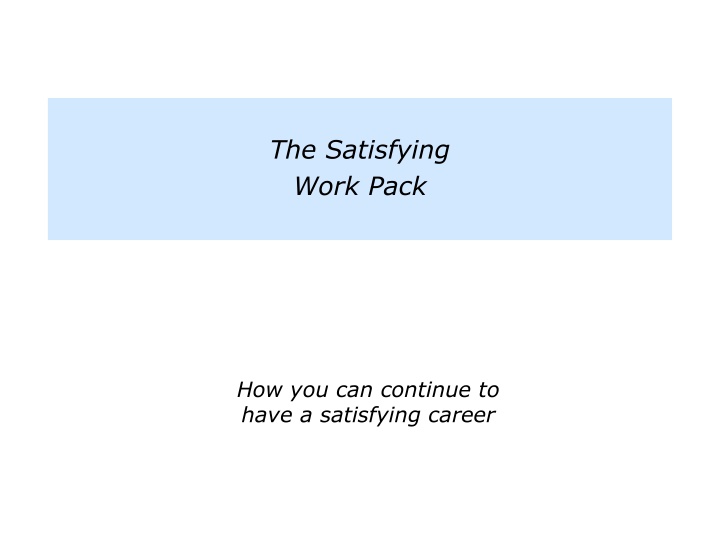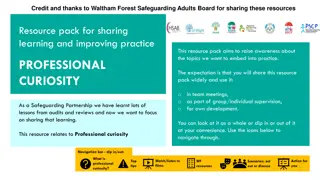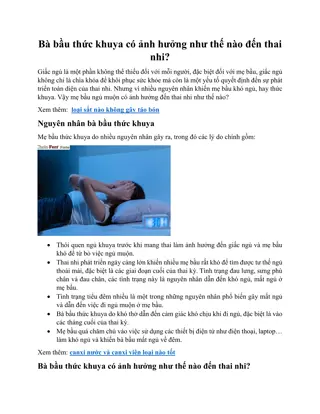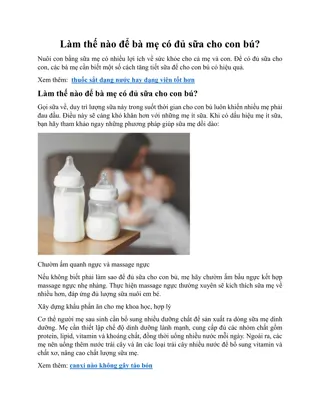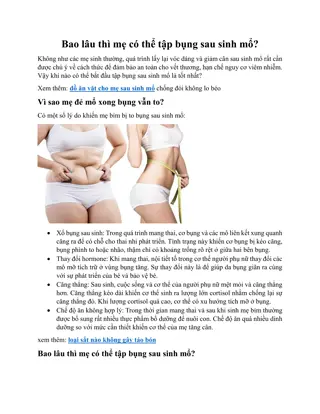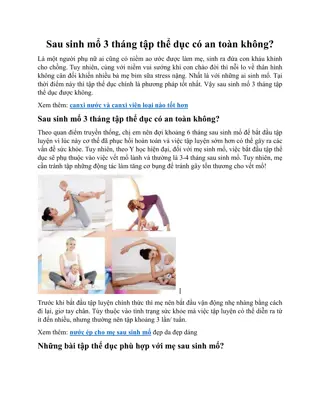The Satisfying Work Pack
This pack offers practical tools for building a satisfying career by focusing on strengths, finding sponsors, and achieving success with project-based work. Explore themes like identifying strengths, potential sponsors, and leveraging strengths to help others succeed.
Download Presentation

Please find below an Image/Link to download the presentation.
The content on the website is provided AS IS for your information and personal use only. It may not be sold, licensed, or shared on other websites without obtaining consent from the author.If you encounter any issues during the download, it is possible that the publisher has removed the file from their server.
You are allowed to download the files provided on this website for personal or commercial use, subject to the condition that they are used lawfully. All files are the property of their respective owners.
The content on the website is provided AS IS for your information and personal use only. It may not be sold, licensed, or shared on other websites without obtaining consent from the author.
E N D
Presentation Transcript
The Satisfying Work Pack How you can continue to have a satisfying career
Introduction This pack provides practical tools you can use to do satisfying work. Anybody can do work they love, the art is getting somebody to pay you for doing it. How to make this happen? One approach is to focus on the following themes. Strengths You can build on your strengths. Sponsors You can find sponsors - customers or employers - who will pay you for doing what you do best. Success You can do superb work and help your sponsors to achieve success.
Satisfying Work You can build on your strengths, find sponsors who will pay you for doing what you do best and help those people to achieve success. You can focus on your: Strengths Success Sponsors
The world of work has changed. There are no long-term jobs anymore, but there are lots of projects. During our lives we may follow the same themes in our work but move from project to project. It can therefore be useful to focus on the following steps. Step One is to clarify your strengths. These are the activities in which you deliver As, rather than Bs or Cs. Step Two is to clarify your potential sponsors. These are the people - the customers and employers - with whom you work best. It is also to clarify the challenges they face. Step Three is to clarify how you can use your strengths to help those people to achieve success. The next few pages provide questions you can use to explore these themes. The pack then provides exercises you can use to build on your strengths and help people to achieve success.
Strengths What are the deeply satisfying activities in which you deliver As, rather than Bs or Cs? What are the activities that give you positive energy? When are you in your element - at ease and yet able to excel? When do you flow, focus, finish and then, as a by- product, get a sense of fulfilment? When do see the destination quickly? When do you go A, B and then leap to Z ? Where do you see patterns quickly? Where do you have good personal radar - you seem to know what will happen before it happens? Where do you have the equivalent of a photographic memory? When do you score highly on drive, detail and delivery? Where do you have a track record of always doing the basics and then adding the brilliance?
What are the activities in which you have natural self-discipline? When do you make complicated things look simple? When do you enjoy the journey as much as reaching the goal? When do you reach the goal and then add that touch of class? When are you good at dealing with crowdedness many things happening at the same time? What are the activities in which you are calm and then do creative problem solving by focusing on clarity, creativity and concrete results? What is your successful style of working? Looking back, what for you have been your most satisfying projects? What made these satisfying? Looking at these projects, can you see any patterns? How can you follow these principles - plus maybe add other skills - to do satisfying work in the future?
Sponsors Who are the kinds of people - customers or employers - with whom you work best? What are the characteristics of these people? What are the reasons why you work well with them? When have you worked well with these kinds of people in the past? What did you do to help them to achieve success? What were the specific things you actually delivered? What were the specific benefits of delivering these things to people? What are the present and future challenges facing these kinds of people? What may be happening in their world? Looking to the future, what do they want to achieve for themselves, their team or their organisation? What is their picture of success?
Success How can you use your strengths to help these people to tackle their challenges? What are the specific things you can actually deliver to help them to achieve their picture of success? What will be the benefits - to all the various stakeholders - of delivering these things to people? How can you reach these people in a way that fits your values system? How can you sit alongside them, clarify what they want to achieve and share ideas? How can you, if appropriate, make clear contracts about the specific things you can deliver to help them to achieve success? How can you perform superb work? How can you proactively keep people informed about your progress towards achieving the goals? How can you do everything possible to help them to achieve their picture of success?
The Exercises The following pages provide exercises you can use to build on your strengths and do satisfying work. This section starts by inviting you to clarify your long-term goals. These can be important to bear in mind when making decisions about which route to follow in your life and work. If you wish, however, you can skip this exercise and simply move on to the exercises that invite you to clarify your strengths. Here are the exercises.
My Picture of Success My Life Goals
Introduction One approach to doing satisfying work is to start by clarifying your overall lifetime picture of success. You can then, if appropriate, aim to do work that helps you to achieve these goals. Everybody is different and everybody has different pictures of success. What is your picture? Looking back on your life when you are 80, what for you will mean you have had a successful life? This is a particularly challenging exercise, so only do it if you feel okay about it. The exercise invites you to start from your destination and define your overall life goals. People often cover three themes when doing this exercise. * Positive Relationships. They focus on how they want to be remembered as a parent, partner, friend or whatever.
* Positive Memories. They focus on how they want to enjoy life, pursue experiences and have no regrets. * Positive Contribution. They focus on how they want to follow their vocation, do good work or make a positive contribution to the world. You may prefer to clarify your life goals in another way. Whatever approach you take, however, clarifying these goals can act as a long- term compass. You can bear in mind these aims when making key decisions. When given the opportunity to take a new job, for example, you can ask yourself: Will taking this step help me to achieve my longer-term picture of success?
My Life Goals
Looking back in later years, I will feel my life has been successful if I have done the following things. 1) I have For example: * * *
2) I have For example: * * *
3) I have For example: * * *
My Strengths
Introduction This exercise invites you to describe your strengths. It invites you to do the following things. * Describe the deeply satisfying activities in which you deliver As. These may be particular kinds of projects, tasks or other activities. Try to be as specific as possible and give concrete examples. * Describe the activities in which you deliver Bs and Cs. The B activities are probably those that you can do reasonably well. They are not your As, however, or maybe they were once but now you get bored doing them. The C activities are those in which you have little aptitude or desire to learn.
* Describe how you can build on your strengths. Try to be as specific as possible about how you can continue to develop in the activities that you do best. * Describe how you can, if appropriate, manage the consequences of your weaknesses. * Describe the specific things that you could deliver for a potential sponsor an employer or customer. The emphasis is on what you can deliver, not what you can do. Lots of people can do lots of things, but employers and customers buy what you can deliver. We will do more work on this theme in a later exercise called My Contribution To An Employer.
My A Strengths As. The deeply satisfying activities, projects or other tasks in which I deliver or have the potential to deliver - As are: 1) For example: * * *
2) For example: * * *
3) For example: * * *
My Bs Bs. The activities in which I deliver Bs are: 1) For example: * 2) For example: *
My Cs Cs. The activities in which I deliver Cs are: 1) For example: * 2) For example: *
Building On My Strengths The specific things I can do to build on where I deliver As are: * * *
Managing The Consequences Of My Weaknesses The specific things I can do to manage the consequences of my Bs and Cs are: * * *
My Strengths: The Specific Things That I Can Deliver The specific things I can deliver for a potential sponsor - an employer or a customer - are: * * *
Introduction Energy is life. This exercise invites you to list the things that give you positive energy personally and professionally. These may include doing certain activities, being with certain people, following certain passions, doing certain professional projects or whatever. The activities that give you positive energy even when you simply think about them - can provide clues to your strengths. They can also help you to make decisions. When in doubt, you can ask yourself: Which option gives me the most positive energy? So try completing the following exercise.
Positive Energy The things that give me positive energy - personally and professionally - are: Personally Professionally * * * * * * * * * *
Introduction When do you feel in your element? What are the specific situations in which you feel at ease and yet able to excel? You may feel this when writing, gardening, teaching a class, leading a team, performing a play, cooking superb meals, solving a particular kind of problem or whatever. This exercise invites you to do the following things. * Describe when you feel in your element. * Describe the reasons why you feel in your element in these situations. * Describe the specific things you can do to put yourself into more of these situations where you feel in your element.
My Element I feel in my element when: 1) The reasons I feel in my element then are: * * *
2) The reasons I feel in my element then are: * * *
The specific things I can do to put myself into more situations where I feel in my element are: * * *
Seeing The Destination Quickly Clarifying where you go A, B and then leap to Z .
Introduction One clue to your talents is where you go into specific situations and see the destination quickly. You gather information, look for patterns and see what must be done to achieve success. You go: A, B then leap to Z . You quickly see the end product or picture of success. Here are some examples. A renovator goes into an old house and quickly see how it can be restored beautifully; a retailer goes into a shop and sees how it can boost profits; a trouble-shooter goes into a situation and sees what must be done to deliver success. Try tackling the exercise on this theme. * Describe the situations in which you quickly see Z . * Describe the specific things you do - or have done in the past - to deliver Z .
Seeing The Destination Quickly The specific situations in which I go A, B and then leap to Z are: 1) The specific things I then do - or have done - to deliver Z successfully are: * * *
2) The specific things I then do - or have done - to deliver Z successfully are: * * *
Introduction Pattern recognition is one of the keys to peak performance. A person may have this ability when working with people, playing a sport, tackling a particular challenge or whatever. Great workers go into a situation where they excel and quickly read what is happening. They are able: To see patterns quickly. To see both the successful and self-defeating patterns. To see what must to be done to build on the successful patterns - whilst minimising the self-defeating patterns - to achieve the desired picture of success.
This is sometimes called personal radar the ability to see patterns quickly and predict what will happen before it happens. Great performers sometimes go beyond having such radar. They also have the repertoire of skills necessary to deliver the picture of success. This exercise invites you to do two things. * Describe where you have the ability to recognise patterns. * Describe what you do with this information. For example, you may use it to tackle the challenge, pass on the knowledge or do practical things to deliver success.
Seeing Patterns The specific situations in which I have the ability to recognise patterns are: 1) The specific things I then do with this information are: * * *
2) The specific things I then do with this information are: * * *
Focusing On A Specific Field The specific field of activity that I am fascinated by, having a feeling for and in which I have a track record of finishing is: *
Introduction People who do superb work often build on their strengths and focus on a specific niche. How to choose the area you want to focus on? It can be useful to focus on a field of activity that you find fascinating, have a strong feeling for and also have a track record of finishing. Let s explore these themes. Fascination You are fascinated by the activity. You often find yourself thinking about it, exploring it and making models that help you to understand it. You want to discover more about the activity. Feeling For It You have a strong feeling for the activity. You feel at home when doing the activity and have the ability to make complicated things appear simple.
Focusing On A Specific Field Of Activity You can focus on a specific activity that you find fascinating, have a feeling for and in which you have a track record of finishing. Fascinating Finishing Feeling For
Finishing You have a track record of finishing things in the activity. Looking back, you can think of concrete examples of producing good work in this activity. This exercise invites you to start by describing a specific activity that you find fascinating, have a feeling for and in which you have a track record of finishing. It then invites you to do the following things. Describe the specific things about the activity that you find fascinating. Describe the specific examples that demonstrate you have a feeling for the activity. Describe the specific examples of you finishing things when doing this activity.
Fascination The specific things that I find fascinating about this activity are: * * *
Feeling For It The specific examples that demonstrate I may have a feeling for this activity - that I may be good at it - are: * * *
